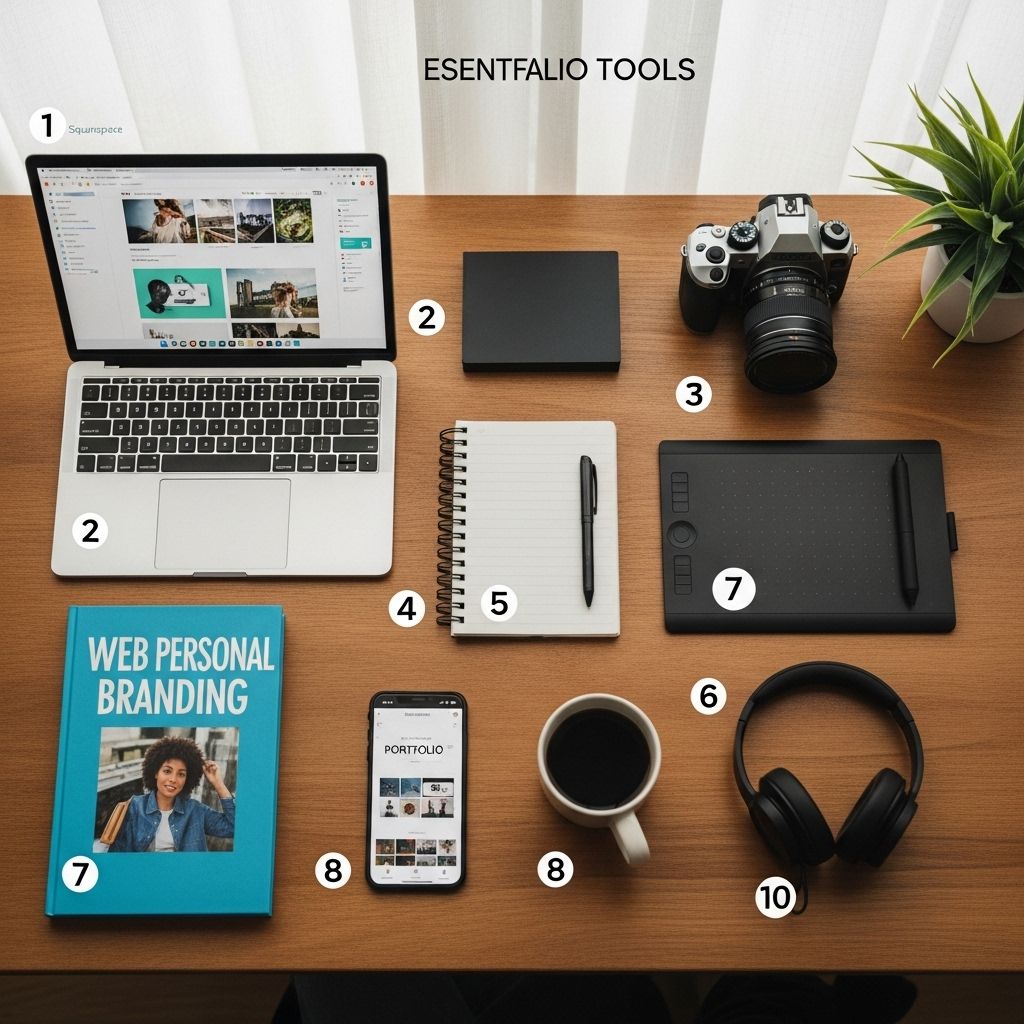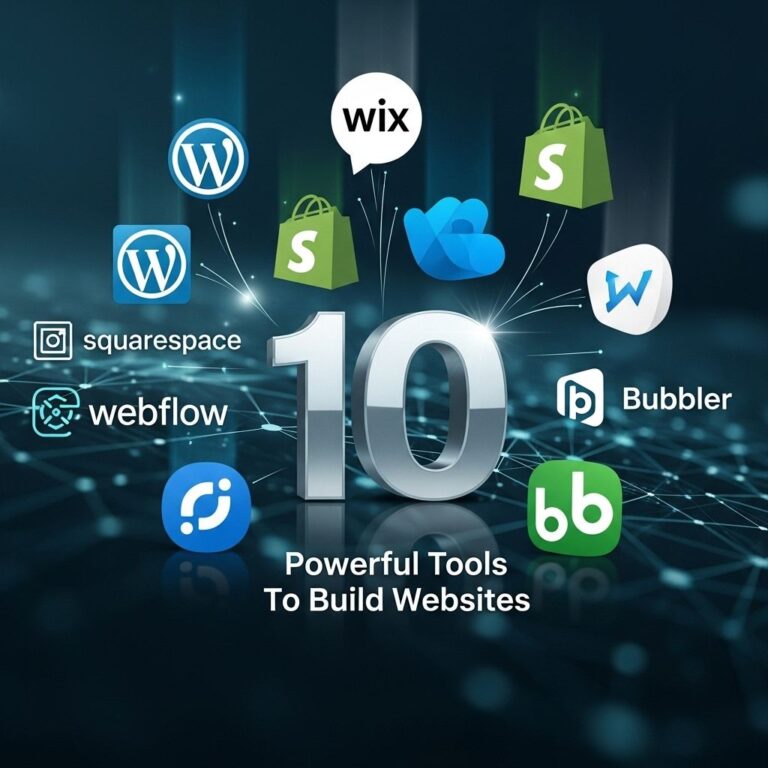In today’s digital landscape, having a standout portfolio website is crucial for professionals in creative fields. Whether you’re a designer, developer, or artist, your portfolio not only showcases your work but also reflects your personal brand. To help you create a stunning and effective portfolio website, we’ve compiled a list of ten essential tools that can enhance your site and streamline the creation process.
Table of Contents
1. Website Builders
Website builders simplify the process of creating a portfolio by offering user-friendly interfaces and pre-designed templates. Here are some popular options:
- Wix: Offers customizable templates with drag-and-drop functionality.
- Squarespace: Known for beautiful design aesthetics, great for creatives.
- Webflow: Combines visual design with powerful CMS capabilities for more control.
2. Content Management Systems (CMS)
If you prefer more flexibility and control, consider using a CMS. These systems allow you to manage your content more efficiently:
- WordPress: The most popular CMS, with a vast selection of themes and plugins.
- Ghost: A modern platform focused on publishing, great for blogs and portfolios.
- Joomla: Offers advanced features for building complex websites.
3. Graphic Design Tools
Creating stunning visuals is essential for any portfolio. Here are tools to help you design graphics:
- Adobe Creative Suite: Industry-standard software including Photoshop, Illustrator, and InDesign.
- Canva: A user-friendly platform for creating graphics, infographics, and presentations.
- Figma: Ideal for collaborative design projects, especially for UI/UX design.
4. Image Optimization Tools
High-quality images are a must, but large files can slow down your site. Optimize your images with these tools:
- TinyPNG: Compresses PNG and JPEG images without loss of quality.
- ImageOptim: A Mac tool that reduces image file sizes for faster loading times.
- Kraken.io: Offers both online and API image optimization services.
5. Analytics and Tracking
Understanding your audience is key to improving your portfolio. Use these analytics tools:
- Google Analytics: Comprehensive tracking for user behavior on your site.
- Hotjar: Provides heatmaps and visitor recordings to understand user interaction.
- Matomo: An open-source alternative to Google Analytics with powerful features.
6. SEO Tools
To ensure your portfolio is discoverable, implement SEO best practices with these tools:
- Yoast SEO: A plugin for WordPress that helps optimize your site for search engines.
- SEMrush: Offers comprehensive SEO tools, including keyword tracking and competitor analysis.
- Google Search Console: Monitor your site’s presence in Google search results.
7. Social Media Integration
Connecting your portfolio to social media can expand your reach. Consider these options:
- Social Media Icons: Use plugins or widgets to add links to your profiles.
- Embedding Content: Integrate your Instagram feed or Twitter timeline directly into your site.
- Share Buttons: Allow visitors to share your work on their social networks.
8. Hosting Services
Reliable hosting is fundamental to your website’s performance. Explore these reputable services:
- Bluehost: Recommended by WordPress, offering great support and uptime.
- SiteGround: Known for excellent customer service and speed.
- A2 Hosting: Offers high-performance hosting with a focus on speed.
9. Portfolio Examples
Get inspired by reviewing examples of successful portfolio websites. Consider the following:
- Behance: A platform showcasing creative work across various fields.
- Dribbble: Ideal for designers to share their projects and connect with other creatives.
- Adobe Portfolio: Integrates with Creative Cloud to easily create portfolio sites.
10. Feedback and Testing Tools
Gathering feedback is essential to improving your site. Use these tools:
- UserTesting: Get video feedback from real users navigating your site.
- SurveyMonkey: Create surveys to gather visitor opinions on your portfolio.
- Google Forms: A simple way to collect feedback and suggestions.
Conclusion
Building an impressive portfolio website requires the right tools to ensure quality design, user experience, and functionality. By utilizing the essentials listed above, you can create a portfolio that not only showcases your work but also sets you apart in a competitive market. Remember, your portfolio is often the first impression potential clients will have of you, so invest the time and resources to make it exceptional.
FAQ
What are the essential tools for building a portfolio website?
Some essential tools include website builders like WordPress or Wix, graphic design software like Adobe Creative Suite, and analytics tools like Google Analytics.
How can I optimize my portfolio website for SEO?
You can optimize your portfolio website for SEO by using relevant keywords, optimizing images, and ensuring mobile responsiveness.
What hosting options are best for portfolio websites?
Popular hosting options for portfolio websites include Bluehost, SiteGround, and HostGator, which offer reliable performance and support.
Is it important to have a custom domain for my portfolio website?
Yes, having a custom domain enhances your professionalism and makes it easier for potential clients and employers to find you.
What should I include in my portfolio website?
Your portfolio website should include a showcase of your work, an about section, a resume, and contact information.
How can I make my portfolio website visually appealing?
You can make your portfolio website visually appealing by using high-quality images, consistent branding, and a clean layout.









